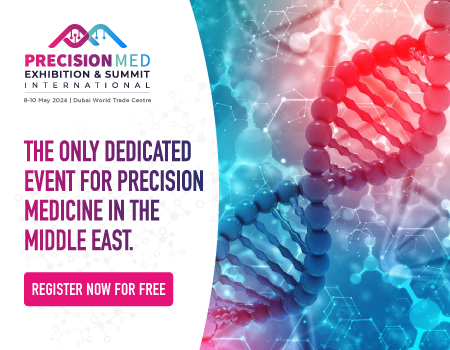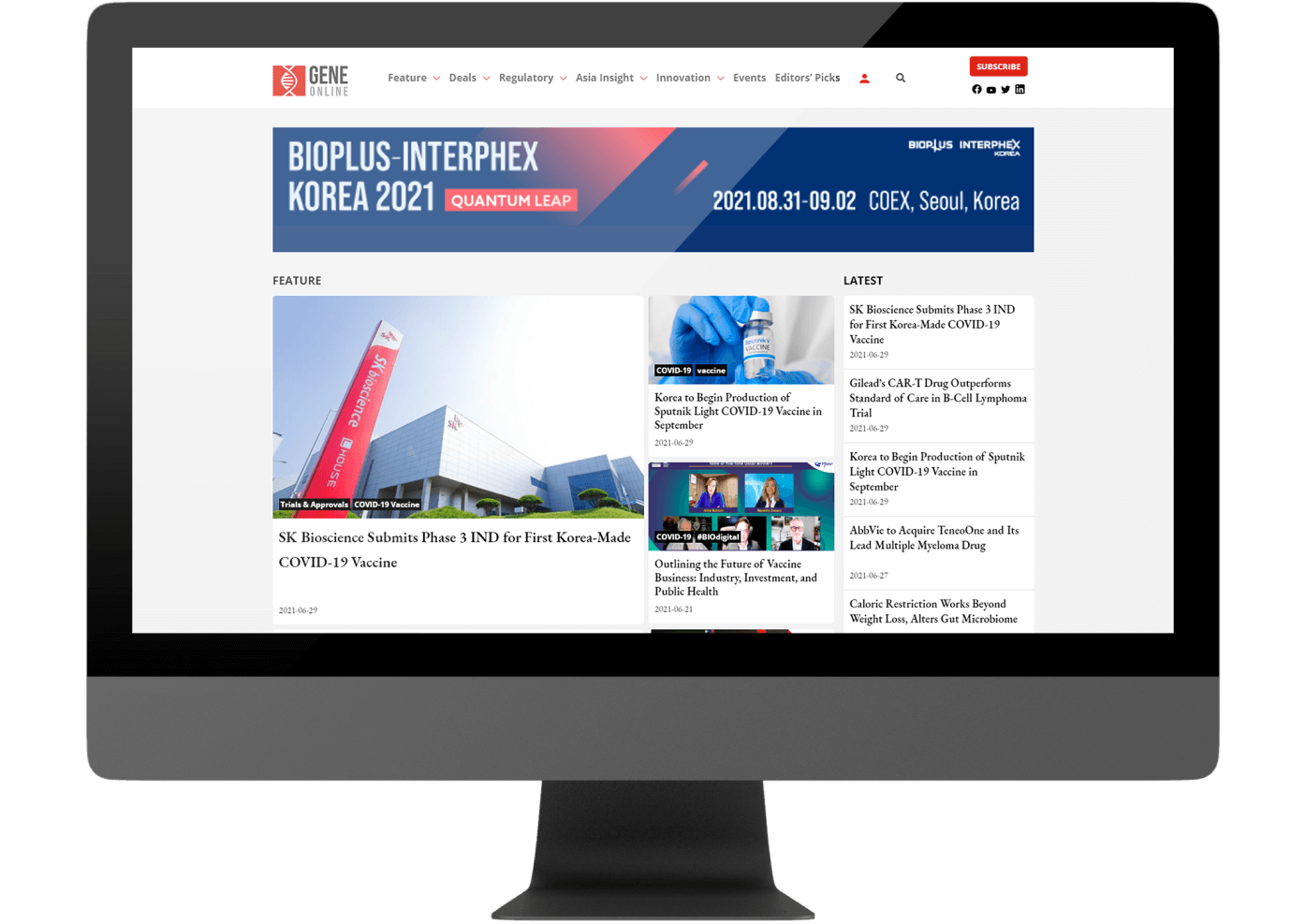Different Autism Genes Exert Similar Effects on Neuronal Development
Autism spectrum disorder (ASD) is a broad range of developmental diseases characterised by learning, intellectual and behavioural challenges in children. There are hundreds of genes implicated with ASD risk. However, how distinct mutations contribute to similar disease indications is poorly understood. In a new report in Nature, researchers from Harvard University and MIT’s Broad Institute report similarities between three autism risk genes to exert developmental abnormalities on similar cell types which is further modulated by each patient’s genomic context.
Studying the developing brain is a challenge owing to its complex structure and composition of a wide network of cell types. 3D tissue models that can mimic the cellular and connective complexity of higher order organs are now made possible with the production of organoids.
Related Article: Spotlight: Cannabidiol (CBD) Based Medication Heralds New Promise in Neurological Therapies
Organoids Help Uncover Defects in Neuronal Development
Using organoid models of the human cerebral cortex developed at lead author Professor Paola Arlotta’s lab in Harvard in 2019, the authors studied the effect of mutations in 3 autism genes SUV420H1, ARID1B and CHD8 in progressive development of the cortex over several months. Comparing the organoids for their transcriptome, proteome and neuronal networks, they found that all three genes had a similar effect on untimely development of two specific class of neurons- GABAergic inhibitory neurons and deep-layer excitatory projection neurons, indicating that these neurons may be an attractive therapeutic target for autism.
According to Professor Arlotta, “Finding shared features among the many risk genes associated with autism may highlight common targets for broad therapeutic intervention, independent from the genetic origin of disease. These results encourage the future investigation of therapeutic approaches aimed at the modulation of shared dysfunctional brain properties.”
Further studies revealed that while the overall developmental patterns are similar in the 3 mutations, the ASD clinical manifestations and severity were varied in the donor patients, suggesting that the individual genome contributes to the final disease phenotype.
Related Article: In Vivo Functional Screen, PerturbSeq Helps Understand the Complex Interplay of Autism Risk Genes
ASD Mutations May Converge on Early Development of Neuronal Stem Cells
This interdisciplinary and collaborative study shows that there may be a hierarchy and/or interconnectivity in the pathogenic impact of each ASD-associated mutation to cause problems in neural circuitry. Understanding the intricate details of the circuit may help us develop methods to tune it back to base levels, as a new therapeutic paradigm for ASD.
The imbalance caused in inhibitory and excitatory activity in the neurons could be due to the development pattern of the neurons from the progenitor cells, which could be a broad phenotype of many of the ASD-linked genes. The team will further study if they can observe similar convergence for other genes and how early developmental changes affect the working of neural circuitry.
©www.geneonline.com All rights reserved. Collaborate with us: service@geneonlineasia.com








